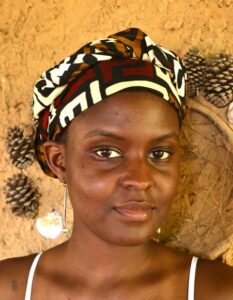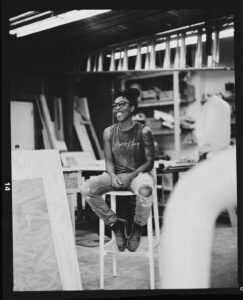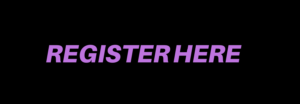An invitation to explore Black archives through collage using maps, magazines, ephemera, and images of Black women to make a “marker”.
The South Side Community Art Center, in collaboration with Mural Arts presents Mapping Black Archives, a collage workshop hosted by Alexandra Antoine, with Andrea Yarbrough. This is an invitation to explore Black archives through collage using maps, magazines, ephemera, and photos of black women as source material. The final works will be markers, honoring Black women cultural workers. Each marker is reserved space in Yarbrough’s forthcoming installation, Collective Steps, an homage to the scores of Black women committed to sustaining the South Side Community Arts Center.
All materials will be supplied, however participants are welcome to bring personal ephemera to be included. This event is open to all ages, and is intended as a moment of connection so partners (mother/daughter, sisters, friends, etc.) are encouraged to attend together.
Please keep the following in mind ahead of your attendance:
You are encouraged to bring your own images/ephemera/materials (no paint)
Images/materials for participants to use will be available
Partners encouraged (mother/daughter, sisters, friend, etc.)

Alexandra Antoine is an interdisciplinary artist and cultural apprentice based in Chicago, IL.
Her work acknowledges the influences of her Haitian culture and interest in portraiture, food, farming and traditional artistic practices of the African diaspora. She received her BFA in Fine Arts and Arts Education from the School of the Art Institute of Chicago and her work has been exhibited nationally and internationally.
“My works are pathways for the stories, memories and traditional practices of my ancestors and elders. I reflect on memories of communal experiences with my loved ones, the oral histories shared within these spaces, the native language of my people and its use in sustaining my connection to land and spirit…”

Andrea Yarbrough, SSCAC’s 2nd Artist Catalyst Awardee, is a multi-disciplinary maker, curator, and educator based on the South Side of Chicago nurturing sites of care through a blend of urban agriculture, civic engagement, and art praxis. Her praxis is embodied through the collaborative placekeeping initiative in ℅: Black women (in care of Black women), bringing together writers, curators, farmers, mamas, dancers, organizers, teachers, cultural producers, youth, and visual artists, to collectively exhume the (in)visibility of care for Black women.
Andrea’s process transforms quotidian materials, slated for waste streams, into designed and utilitarian objects that serve as community resources, and incorporates the impact of solidarity and circular economies at the material, individual, and communal scales. By constructing functionally designed objects, cultivating land, archiving and documenting histories of Black women, and curating exhibitions and public programs, her socially-engaged practice exemplifies how communities can reclaim and reconstruct their surroundings while navigating agency and ownership over underutilized space.
“As an Artist Catalyst recipient, my learning and collaborative work will further explore Black women’s histories connected to artistic practices, movements, and art objects in service to our grander communities. I am committed to cultivating a world in which art engenders new forms of care and truly impacts our social and political sensibilities. I believe that the Artist Catalyst Program will aid me on my path as I seek to expand the histories and engagement of art within the city of Chicago and beyond as an educator, curator, and artist. My urgency to work with others to re-imagine social praxis art with art and cultural institutions has reached a critical point, and now is the time to merge my work and worldview with this passion. I firmly believe that my time as an Artist Catalyst recipient will generate new schemes of reparations and reconciliation, centering Black women in urban environments, and produce enduring engagements, rewriting the narratives of our future.”




